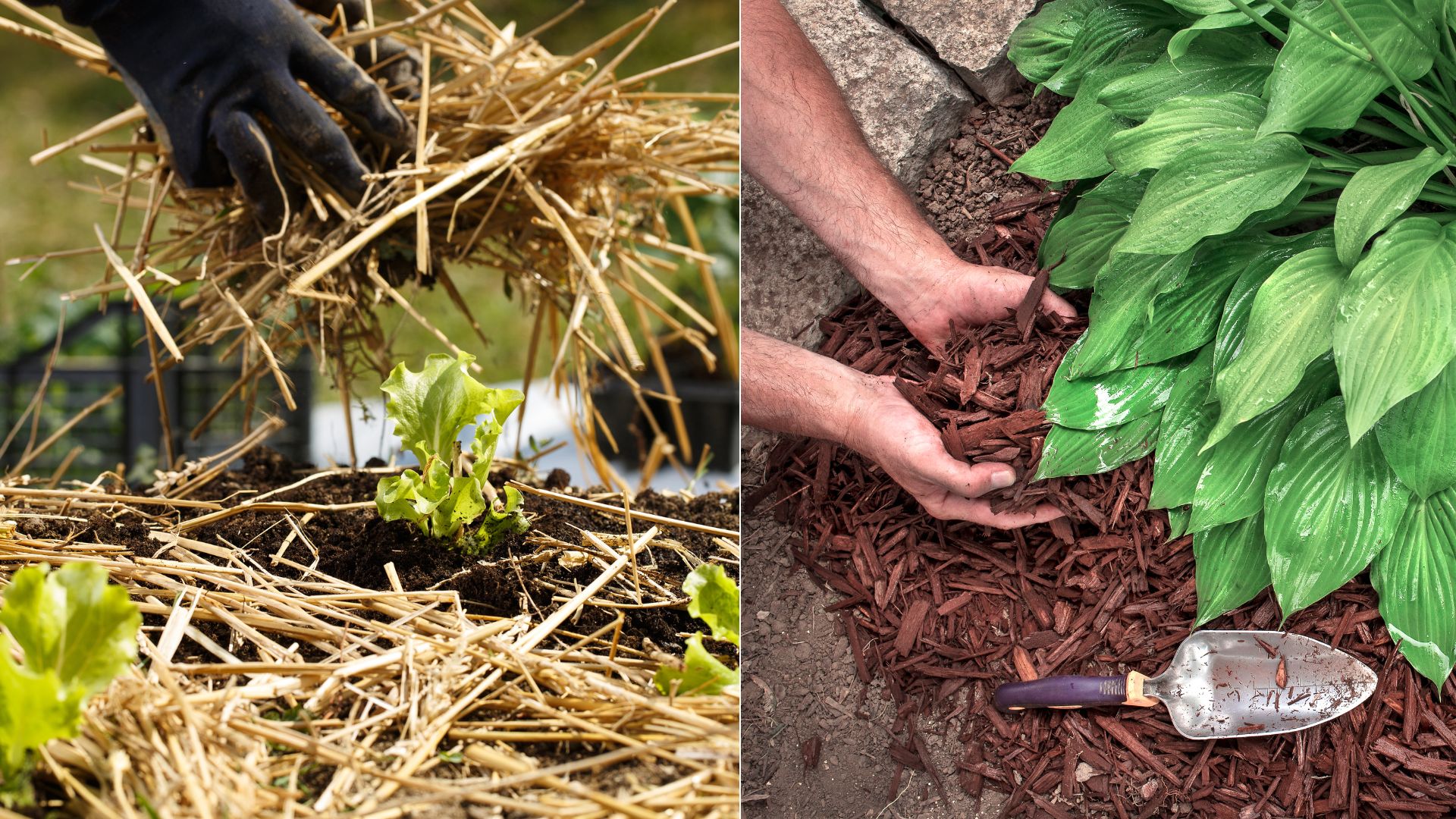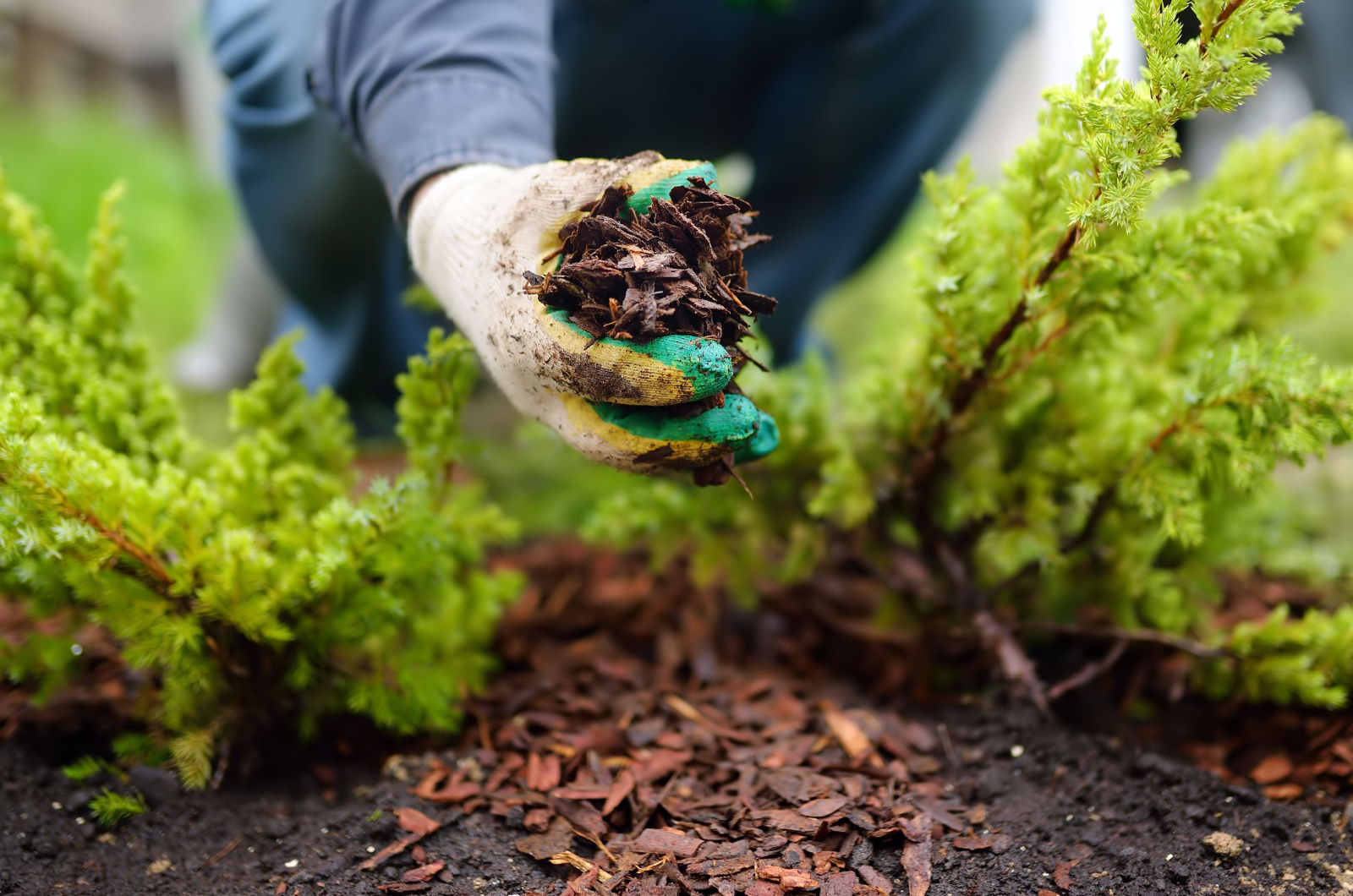Most of us can’t stand the heat and we spend most of our time indoors with the AC turned on when it gets too hot. Well, imagine how the plants in your garden feel when they have to stay in the same spot under that scorching sun for the entire day!
Luckily, there are still some ways that you can make this summer a more comfortable experience for your plants. PS. The key lies in mulching!
So, stay tuned and discover some of the best ways to keep your plants cool during summer.
Tips For Cooling Off Plants
As we already mentioned, mulching is the key. Start off by spreading a thin layer around garden beds and trees – this will help keep the roots cool and avoid stress from extremely hot temperatures.
You should also mulch annually because the material decomposes over time, which is why it is necessary to add a fresh layer each growing season.
Not only will mulch help with moisture retention and keeping the soil cool, but it will also suppress weed growth. As the mulch decomposes, it also adds nutrients to the soil and makes it more fertile!
Also make sure to check out: Mulch For Potted Plants: Why, What, And How To Use
Types Of Mulch That You Can Use
There are different types of mulch that you can use for your garden plants. Here are some types of organic mulch that are suitable for various plants:
• Straw – this type of mulch is excellent for retaining moisture and suppressing weed growth. It is suitable for vegetable gardens.
• Wood chips/bark – slowly decomposes and adds nutrients to the soil. Wood chips are often added to pathways, around trees, and garden beds.
• Compost – useful in vegetable gardens and flower beds for improving the soil structure and adding nutrients to it.
• Grass clippings – completely organic mulch that can prevent soil erosion and weed growth. You can use them for flower beds or simply leave them on the lawn.
• Leaves – use shredded leaves around shrubs or in flower beds to improve nutrient content in the soil.
For more information, you can check out this video:


